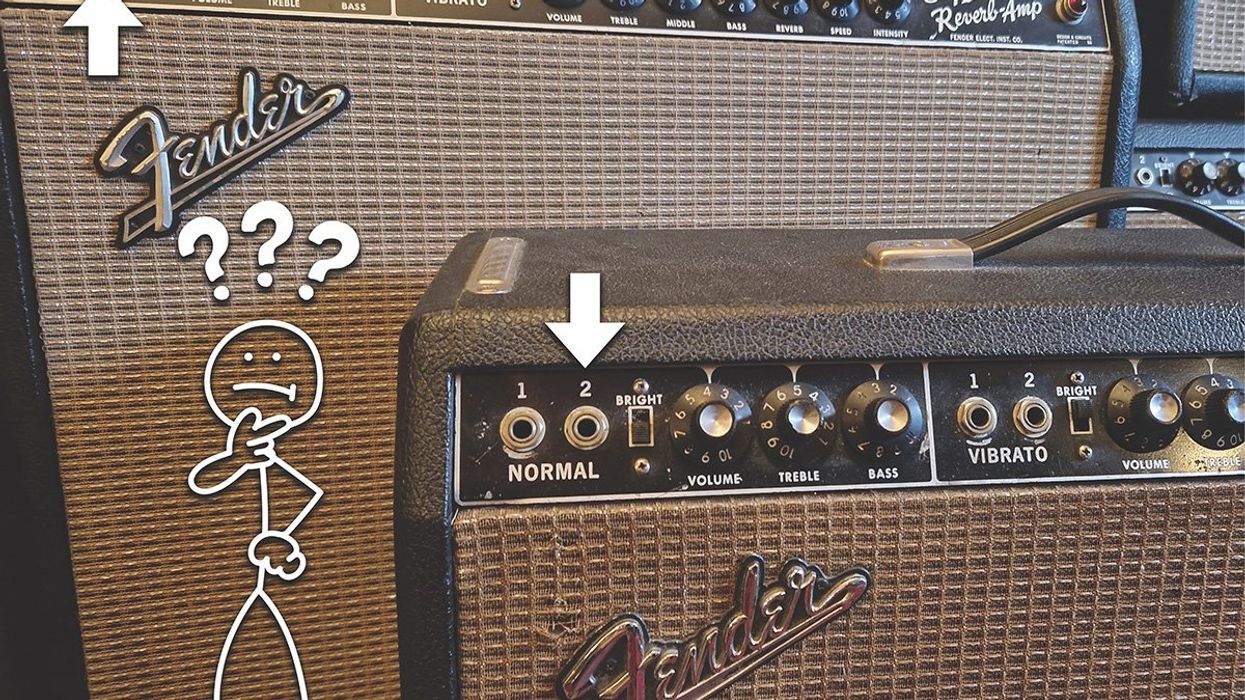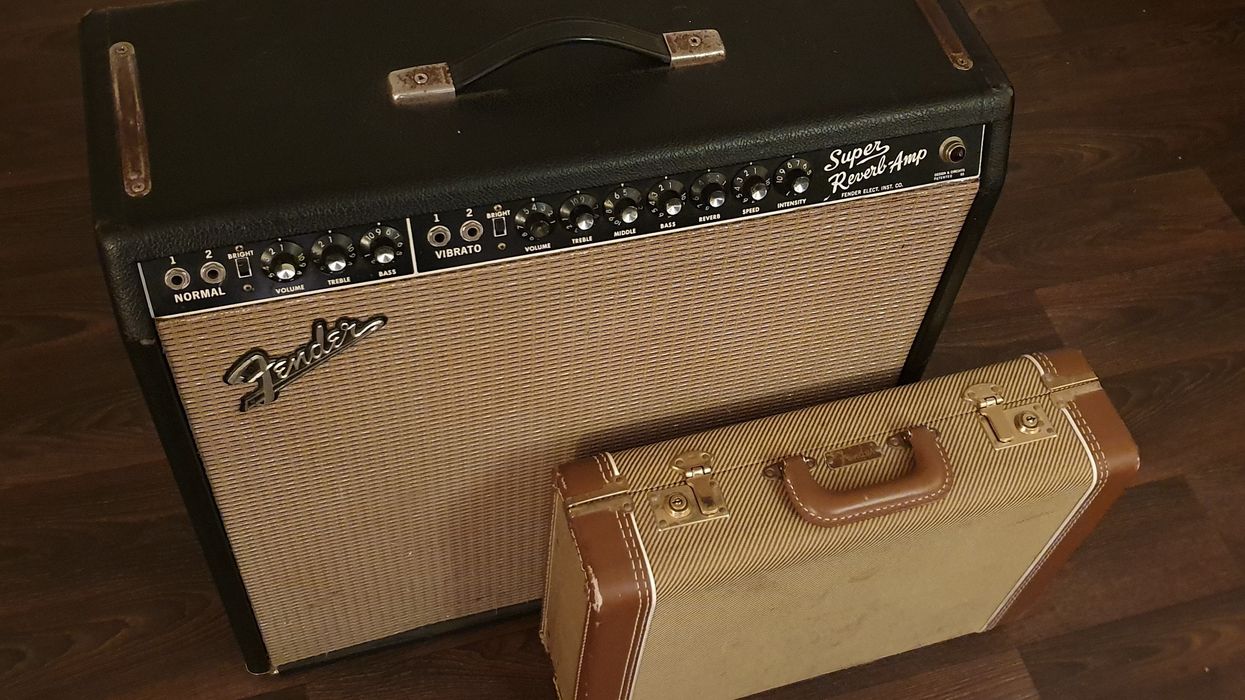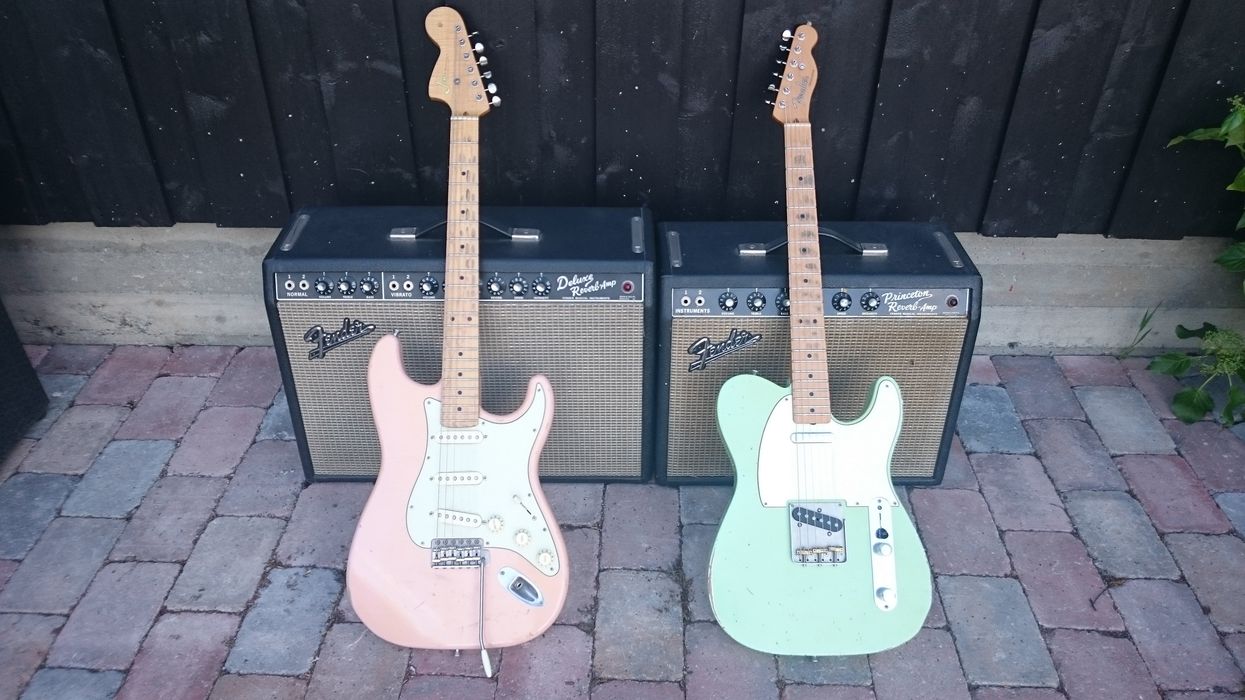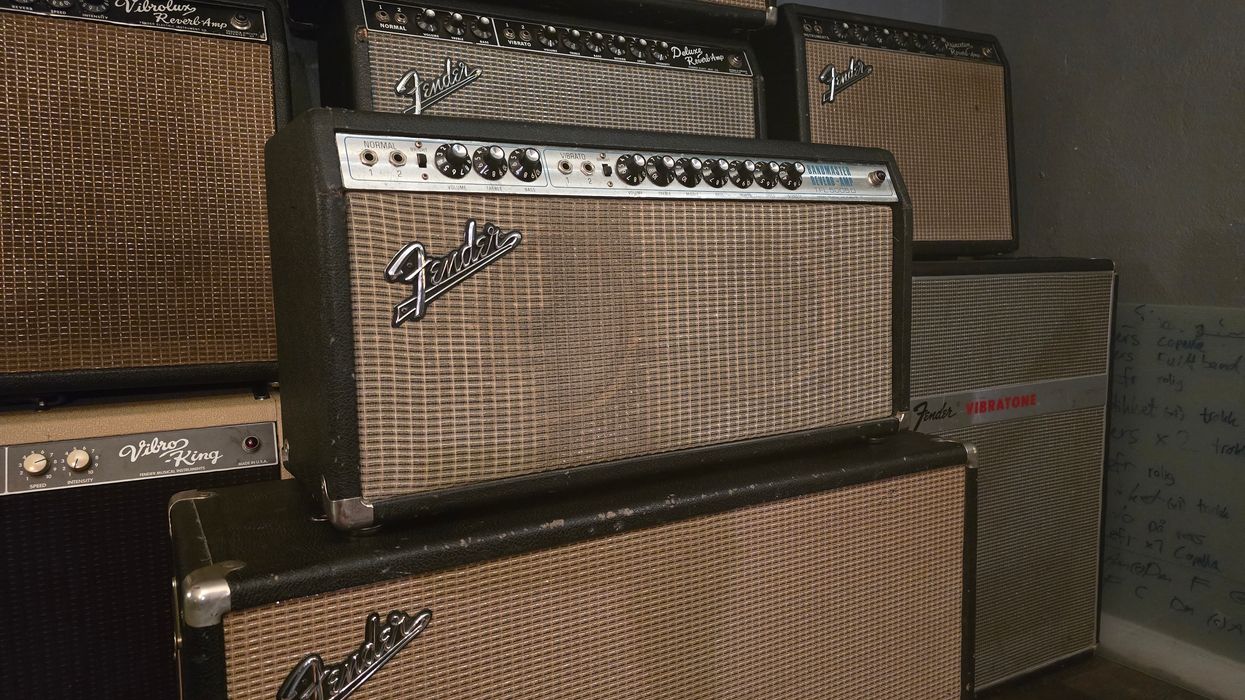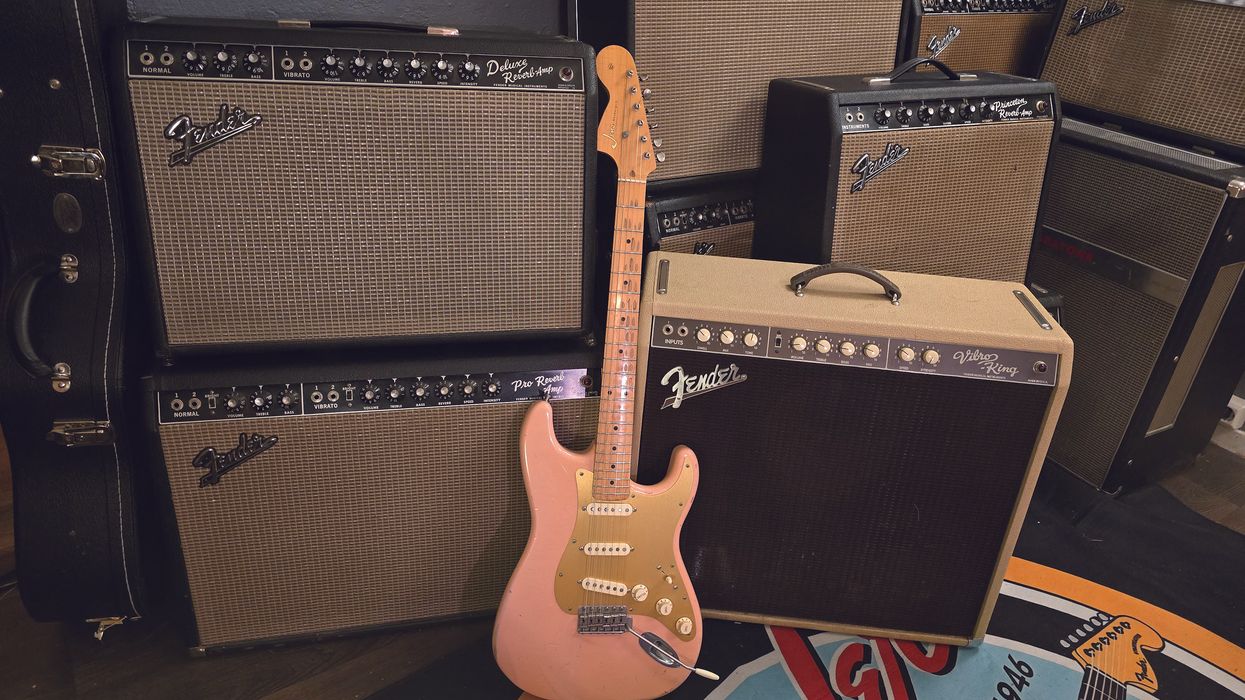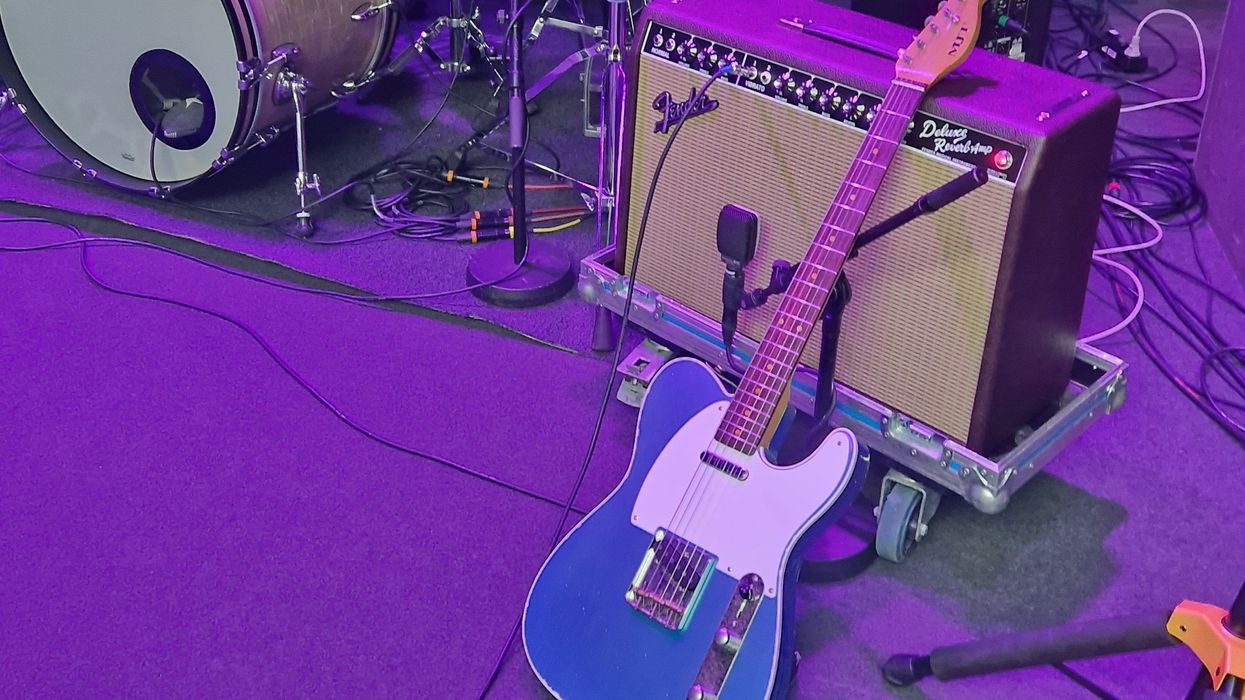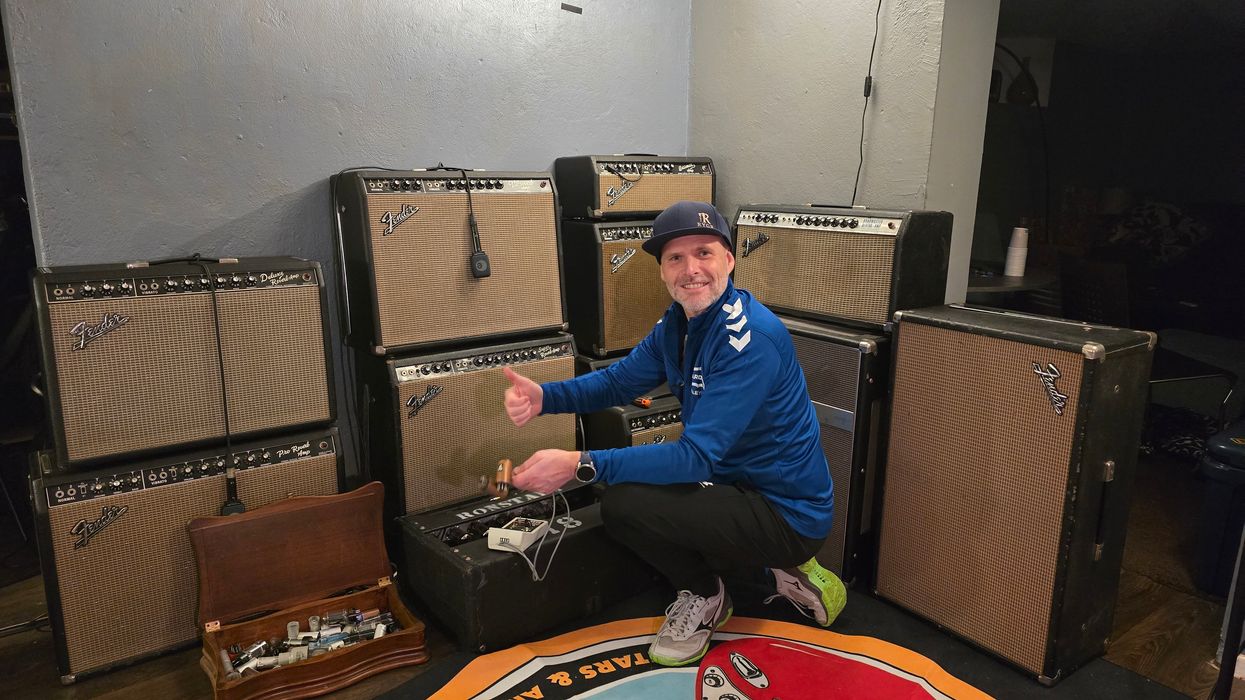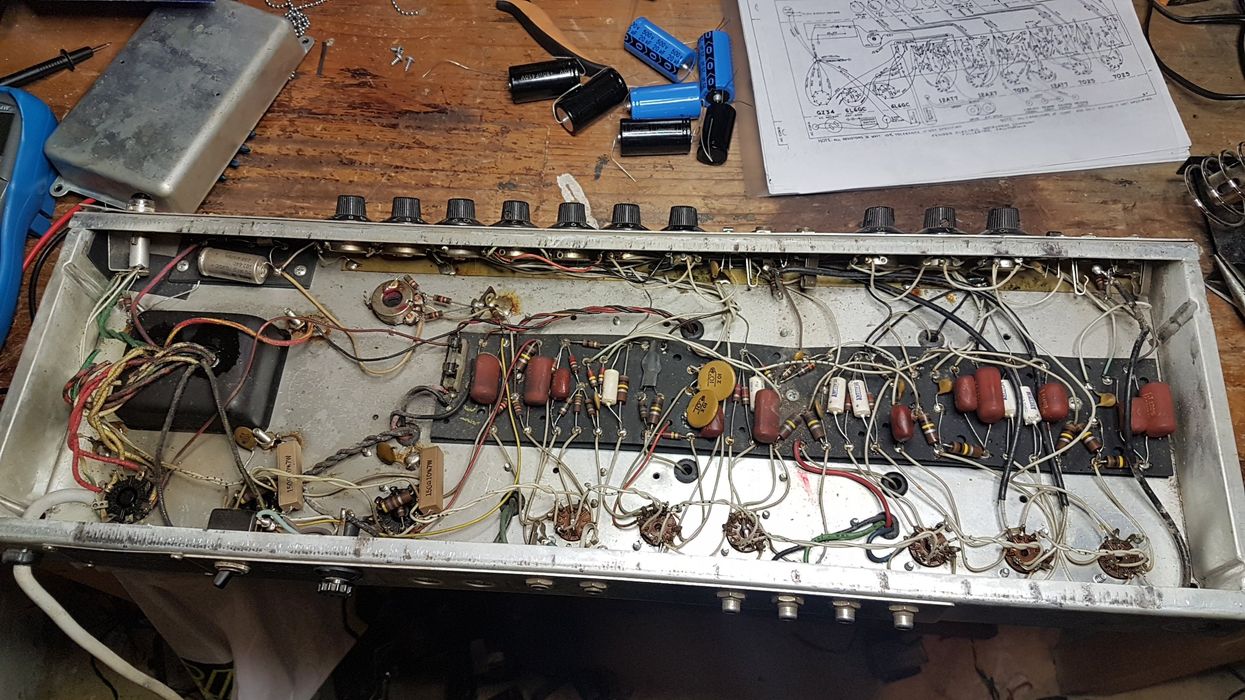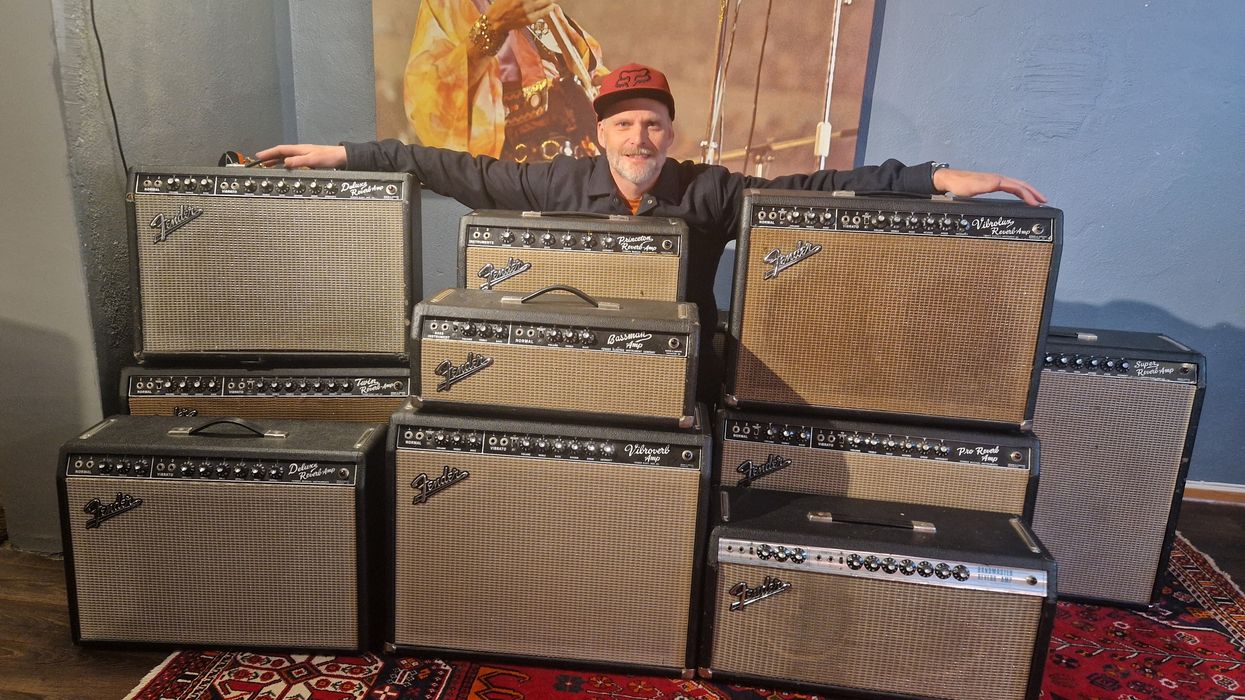Vintage Fender amps have a strong reputation among players in many genres. The brand is instantly associated with an endless list of great bands which created music that has stood the test of time. In terms of general tone, Fender’s original amplification strategy—which favors articulate, bright, transparent, and clean sounds—was a winning combination that myriad players still gravitate toward.
Through my previous columns in this magazine, I’ve shared the tips and tricks I’ve learned after playing, trading, and servicing old models from the California manufacturer. But today, it’s time for critical thinking. I’m switching sides to share the 10 most annoying things about vintage Fender amps. As usual, I will mostly refer to the black- and silver-panel amps.
“It breaks my heart that the original Deluxe Reverbs came with a weak and farty Oxford speaker, when it sounds so much better with a more punchy, clear-sounding C12N.”
Many of the critiques that I offer here ultimately advocate for simplification. All amp techs know that simple is good. Simple amps are lighter, smaller, cheaper, and have less things that can go wrong in the long run.
So, here is my list:
Two Jack Inputs
I’ve never met anyone who uses the second input. Back in the day, Fender thought we were going to swap guitars between songs without having to adjust the volume knob to compensate for the different pickups’ varied outputs. Wrong assumption.
Two Channels
I always use the reverb channel, even when using high distortion, at which point I simply turn the reverb down. Except for the Bassman, the normal channel is not needed at all. If all of the dual-channel amps were instead single-channel, like the Princeton Reverb, a lot of tubes and circuit components could be spared, leading to significant cost reduction and simplification of the production line. Even with the black- and silver-panel Bassman, I would prefer a single channel, as long as both the deep and bright switches were available. The only advantage with having a second preamp channel is the possibility to isolate the power amp section and the two preamp sections in diagnosis. But that still doesn’t make it worth it.
The Non-Reverb Amps
If I was Leo Fender, and I was looking to reduce costs, I would have trimmed my portfolio by eliminating the non-reverb Deluxe, Princeton, Vibrolux, and Pro amps. The rarer versions of these amps are no-frills, cool, and great value for the money. But there are reverb-equipped models that can do everything they do just as well and better. They’re not in as high demand, and they’re less profitable due to lower production numbers. Instead, I would have continued the Vibroverb after 1964, which would do the job as the only 1x15 combo amp in the portfolio. Just admit it: Everyone wants a Vibroverb.
Rectifiers
As another cost-cutting measure during my imaginary tenure as the founder of Fender, I would consider using a diode rectifier instead of a tube rectifier in all the bigger dual 6L6GC Fender amps. I like sag in tube amps, but I think very few players can really hear the difference between diode and tube rectifiers. Smaller amps intended for earlier breakup may have tube rectifiers, but they’re not essential there, either.
Glued and Stapled Baffles in Silver-Panel Amps
I wish Fender had continued the floating baffle in the early ’70s instead of the tightly glued and stapled-in baffles that are found in silver-panel amps post-1971. The screwed-in boards are much easier to repair and replace.
MDF Baffles
Medium-density fibreboard, or MDF, baffles are consistently the weakest point in Fender’s wooden cabinet construction, and eventually tear apart. I would much prefer a more dependable plywood pine baffle.
Small Output Transformers
These are found in both the Bandmaster head and the 1x15 Vibroverb—amps that deserve a firmer low end, and which should have the Super Reverb-class output transformer.
Lack of a Bright Switch
In my opinion, this is an essential EQ function that’s left off of Fender’s smaller amps, like the Princeton Reverb and Deluxe Reverb. Without it, these amps leave me no chance to enhance the details of fingerpicking on a clean tone setting.
Lack of Mid Control
This applies to many Fender amps. The bassy and flabby Pro Reverb would particularly benefit from a better mid EQ, with a much wider tone spectrum.
No Jensen C12N Speaker in Deluxe Reverbs
We all know how awesome the Jensens sound in the early black-panel amps, like the C10N in Princetons and Vibroluxes, the C10R in Supers, or the C12N in the Pros and Twins. It breaks my heart that the original Deluxe Reverbs came with a weak and farty Oxford speaker, when it sounds so much better with a more punchy, clear-sounding C12N.
So, there you have it: my list of 10 grievances with Fender. If you have more to add, please share your thoughts in our social media channels.


